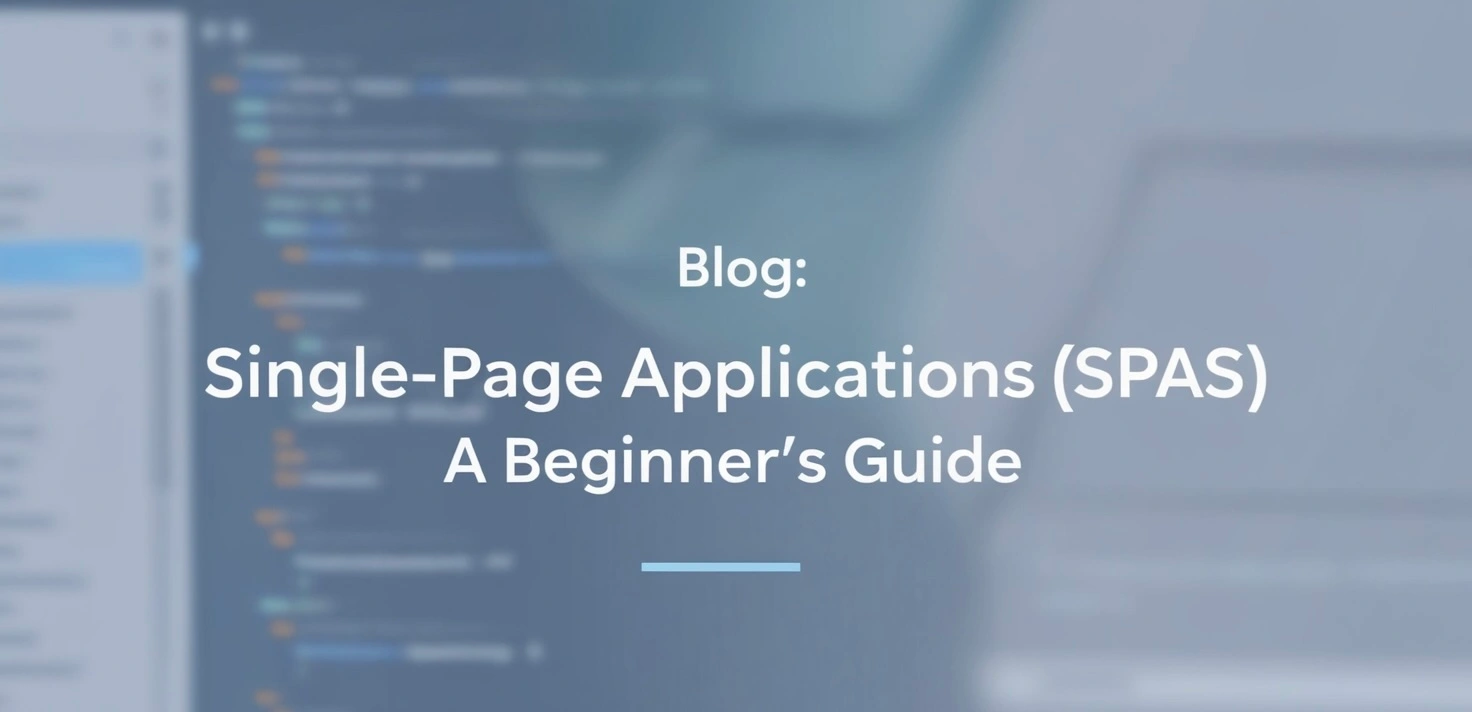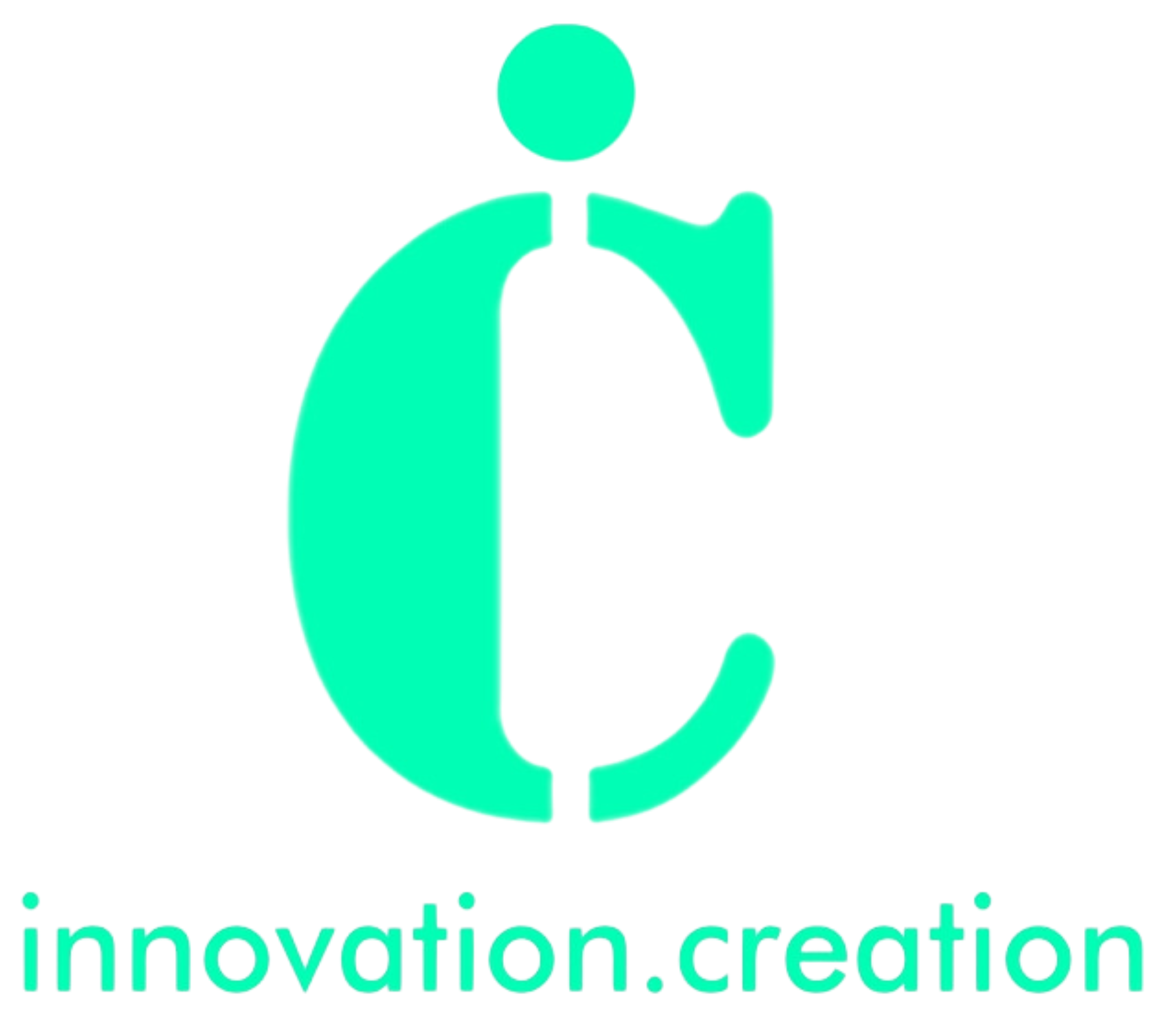
Single-Page Applications (SPAs): A Beginner’s Guide to Faster, Modern Websites
What Are Single-Page Applications (SPAs)?
A Single-Page Application (SPA) is a web application that operates within a single web page. Unlike traditional Multi-Page Applications (MPAs), where navigation involves loading new pages from the server, SPAs dynamically update the content on the current page. This eliminates the need for frequent page reloads, resulting in faster and smoother user experiences.
SPAs rely heavily on JavaScript, utilizing frameworks like React, Angular, and Vue.js to dynamically render content in the browser. This combination of technology ensures efficient and modern real-time user interactions.
How Do SPAs Work?
In traditional MPAs, every user action sends a request to the server, which responds by loading an entirely new page. This approach can result in longer load times and a less seamless experience. SPAs, on the other hand, load the application’s core structure once, with subsequent requests handled through AJAX or Fetch API.
Modern JavaScript frameworks manage the application’s state and user interface efficiently, updating only specific parts of the webpage without requiring a complete reload.
Advantages of SPAs
SPAs offer a host of benefits:
- Faster Load Times:
SPAs load the application shell once and fetch data as needed, minimizing wait times and boosting performance.
- Seamless User Experience:
Transitions between pages feel instantaneous, improving usability and engagement.
- Mobile-Friendly Design:
SPAs are inherently responsive and work well across devices.
- Simplified Development:
A single codebase for the client and server simplifies development and debugging.
- Scalability:
SPAs are ideal for applications expected to grow, thanks to their modular architecture.
Challenges with SPAs
Despite their advantages, SPAs come with some challenges:
- SEO Concerns:
Search engines may struggle to index SPAs due to heavy JavaScript reliance. Solutions like server-side rendering (SSR) or pre-rendering can address this issue.
- Initial Load Time:
The first load might take longer because of the large JavaScript bundles. Optimizing code and leveraging lazy loading can mitigate this.
- Browser Compatibility:
Developers must ensure compatibility across platforms since not all browsers handle JavaScript uniformly.
Popular Frameworks for SPAs
Developers have several powerful frameworks to choose from when building SPAs:
- React:
Developed by Facebook, React is flexible and offers a vast ecosystem of libraries, making it ideal for highly customizable applications.
- Angular:
Backed by Google, Angular is a full-fledged framework perfect for large-scale, complex SPAs.
- Vue.js:
Known for its simplicity and versatility, Vue.js strikes a balance between React and Angular, making it suitable for beginners and experts alike.
- Svelte:
Unlike traditional frameworks, Svelte shifts much of the work to the build step, producing highly optimized, lean JavaScript code. This results in faster load times and improved performance. Its minimalist design and ease of use are drawing significant interest from developers looking to build modern SPAs.
- Next.js:
Although technically a framework for React, Next.js excels in creating SPAs and server-side rendered applications. It offers built-in routing, optimized performance, and features like automatic code splitting, making it an excellent choice for modern web apps.
- Nuxt.js:
Built on top of Vue.js, Nuxt.js simplifies development by offering server-side rendering, static site generation, and easy integration with Vue libraries. Its versatility makes it a strong contender for building SPAs.
- Qwik:
Qwik is a newer framework designed to deliver instant-loading SPAs. It focuses on performance optimization by breaking down the application into small chunks of code that can be loaded on demand, resulting in faster user interactions.
Use Cases of SPAs
SPAs are used across various industries to deliver exceptional user experiences:
- E-Commerce Platforms:
Sites like Amazon and Shopify leverage SPAs for faster product browsing and streamlined checkout experiences.
- Social Media Networks:
Facebook, Instagram, and Twitter use SPAs to enable real-time updates and interactivity.
- Online Tools and Dashboards:
Applications like Google Docs and Trello rely on SPAs for seamless collaboration and data visualization.
How to Optimize SPAs for SEO
SEO optimization is crucial for SPAs. Here are some strategies:
- Server-Side Rendering (SSR):
Pre-render pages on the server before sending them to the browser. Tools like Next.js (for React) simplify this process.
- Dynamic Rendering:
Use services like Rendertron to serve pre-rendered content to search engine bots.
- Meta Tags and Schema Markup:
Properly implement meta descriptions, title tags, and structured data to improve visibility.
- Progressive Enhancement:
Ensure basic functionality works even when JavaScript is disabled.
- Monitoring Tools:
Utilize Google Search Console and Lighthouse to identify and fix SEO issues.
To Sum Up
Single-Page Applications (SPAs) represent a monumental shift in web development. By offering faster load times, improved interactivity, and a modern user experience, SPAs are setting new standards for how websites should function. While they come with their own set of challenges, the right strategies and tools can help developers overcome them.
If you’re considering building a website or upgrading your current one, SPAs might just be the answer to delivering a sleek and modern experience to your users. The future of web applications is here, and it’s single-page!


Share Your Thoughts
Comments on “Single-Page Applications (SPAs): A Beginner's Guide to Faster, Modern Websites”